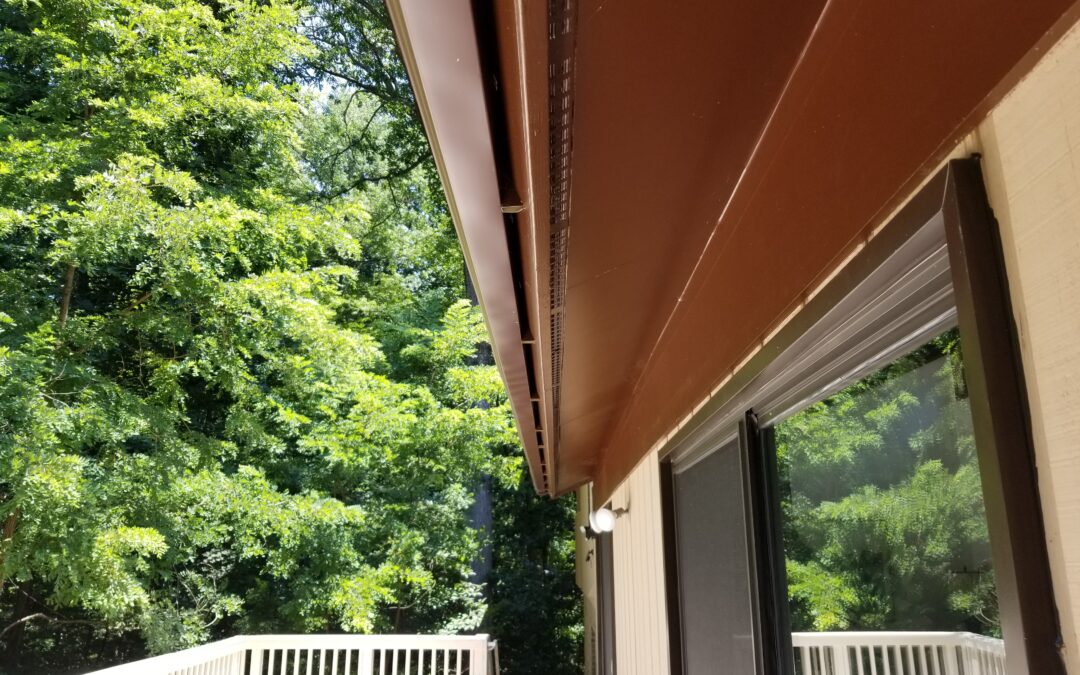Introduction: As sustainability takes center stage in our global consciousness, the construction industry has a crucial role to play in reducing its environmental impact. Greening your construction project not only benefits the planet but also promotes healthier indoor environments, reduces operational costs, and enhances the overall value of the building. In this blog post, we will explore practical steps and strategies to integrate sustainability into your construction project, creating a greener and more sustainable future.
- Prioritize Sustainable Design: Begin your green construction journey by emphasizing sustainable design principles. Incorporate passive design strategies such as optimizing natural light, proper insulation, and efficient ventilation systems. Utilize renewable energy sources like solar panels and geothermal heating/cooling systems to minimize reliance on fossil fuels. Employing sustainable design principles from the outset lays a solid foundation for a greener project.
- Opt for Eco-Friendly Materials: Make conscious choices when selecting construction materials. Choose locally sourced, recycled, or reclaimed materials to reduce the carbon footprint associated with transportation and manufacturing. Explore sustainable alternatives like bamboo, recycled metal, or reclaimed wood. Use low VOC (Volatile Organic Compound) paints and adhesives to improve indoor air quality. Aim to minimize waste by opting for modular construction and recycling construction debris.
- Efficient Resource Management: Efficiently managing resources is crucial for greening your construction project. Implement water-saving measures such as low-flow fixtures and rainwater harvesting systems. Install energy-efficient appliances, lighting systems, and HVAC (Heating, Ventilation, and Air Conditioning) equipment to reduce energy consumption. Proper waste management, including recycling and composting, can significantly reduce the amount of waste sent to landfills.
- Embrace Green Building Certifications: Consider pursuing green building certifications such as LEED (Leadership in Energy and Environmental Design) or BREEAM (Building Research Establishment Environmental Assessment Method). These certifications provide guidelines and benchmarks for sustainable construction practices. They not only demonstrate your commitment to sustainability but also enhance the marketability and value of your building.
- Foster Collaboration and Education: Engage all project stakeholders, including architects, contractors, suppliers, and subcontractors, in your sustainability efforts. Foster a collaborative environment where ideas and best practices can be shared. Provide training and educational resources to ensure everyone involved understands the importance of green construction practices and how to implement them effectively.
- Monitor and Evaluate Performance: Once your green construction project is complete, monitor and evaluate its performance to ensure sustainability goals are met. Utilize building management systems and technology to track energy usage, water consumption, and indoor air quality. Regularly review and optimize operational processes to maintain efficiency and identify areas for improvement.
Conclusion: Greening your construction project is a powerful step towards building a sustainable future. By integrating sustainable design, opting for eco-friendly materials, efficiently managing resources, pursuing green certifications, fostering collaboration, and monitoring performance, you can minimize environmental impact while maximizing the benefits of your construction project. Embrace the opportunity to make a positive difference and inspire others in the industry to follow suit. Together, we can create a greener, healthier, and more sustainable built environment for generations to come.

